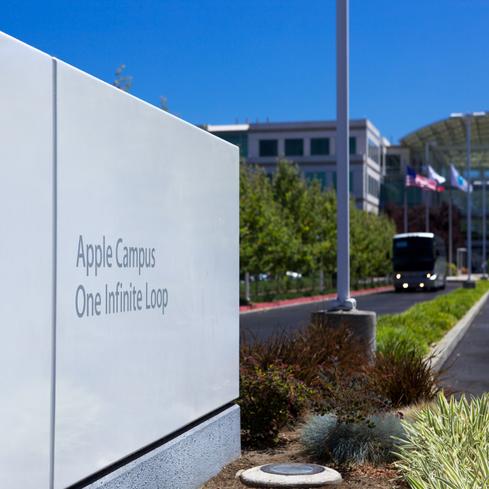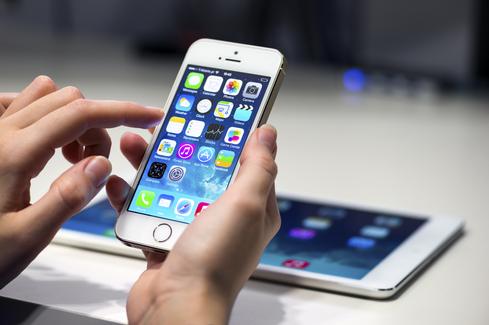iPhone Sales To Blame For Apple Earnings TumbleiPhone Sales To Blame For Apple Earnings Tumble
Apple experienced its first quarterly decline in 13 years due to a slowdown in iPhone sales, which fell for the first time in the smartphone's history.


10 iPhone, iPad Apps For Data Nerds
10 iPhone, iPad Apps For Data Nerds (Click image for larger view and slideshow.)
Apple failed to meet analysts' expectations for its second fiscal quarter of 2016. During its April 26 earnings call, the company reported $50.6 billion in revenue and $10.5 billion in net income, or $1.90 per share.
These numbers mark a significant 13% decline from the same quarter a year ago, when Apple generated $58 billion in revenue, $13.6 billion in net income, and $2.33 per share.
Analysts had expected Apple to report revenue of $51.97 billion and $2 per share during its most recent quarter, Reuters reported. Today, Cupertino announced its first year-over-year decline in 13 years and caused share prices to fall about 8%.
[Smartwatches still lack a killer app. What will it be?]
Much of the decline was related to an overall downturn in iPhone demand. Apple sold 51.2 million iPhones this quarter, a 16% decline from 61.2 million units sold during Q2 2015. This marks the first drop in iPhone sales since the product line was launched in 2007.
Apple CFO Luca Maestri noted it's tough to compare this year's numbers with those from last year, when the iPhone 6 caused sales to skyrocket. He also mentioned the strong US dollar has affected sales in international markets, and the average iPhone price fell to $642, from $659 during the same quarter last year.
This quarter's numbers did not include sales of the iPhone SE, which started shipping on March 31. CEO Tim Cook noted the demand for the iPhone SE is strong, to the point Apple is supply constrained at this time, but it's unclear whether the smaller iPhone will cause a turnaround in sales.
Apple's second-strongest revenue generator was its services business, which was largely driven by sales in the App Store. Services brought in $6 billion during Q2, marking a 20% increase year-over-year.
The remaining hardware in Apple's lineup could not compensate for the iPhone slowdown. iPad sales hit 10.3 million, down from 12.6 million during Q2 2015. The company sold 4 million Macs during Q2, a decline from 4.6 million last year.
Prior to today's release, Apple was expected to report its first quarterly sales drop in more than 10 years. Industry analysts anticipated Cupertino would announce $52 billion in revenue, which would have marked a 10% year-over-year decline.
The predicted reason behind Apple's revenue drop was lower demand for iPhone. In a research note published ahead of the earnings call, KGI Securities analyst Ming-Chi Kuo stated iPhone shipments would hit 190 million units at worst, and 205 million at best, during 2016.
Both of Kuo's predicted scenarios fall short of analysts' expected total of 210 million to 230 million units shipped for the year.
Apple is quietly responding to the slowdown by cutting back on hiring workers. Over the last several weeks, the company has reportedly cut all of its contract recruiters, VentureBeat wrote, citing sources close to the matter. Some full-time recruiters have also been laid off.
"You always need to have something new coming out to justify hiring," the source said. Given that Apple is also reportedly cutting back on smartphone production, it doesn't seem as though the trend is poised to turn around in the near future.
Smartphone innovation will be critical to Apple's financial performance over the next year. The iPhone 7 could be a catalyst for positive change or fail to meet consumer expectations, which would put Apple in greater competition with an increasingly saturated market.
Apple's outlook for its fiscal third quarter is not optimistic. Cupertino expects it will generate between $41 billion and $43 billion in revenue. Wall Street estimates predicted $47.3 billion for the upcoming quarter.

About the Author
You May Also Like






